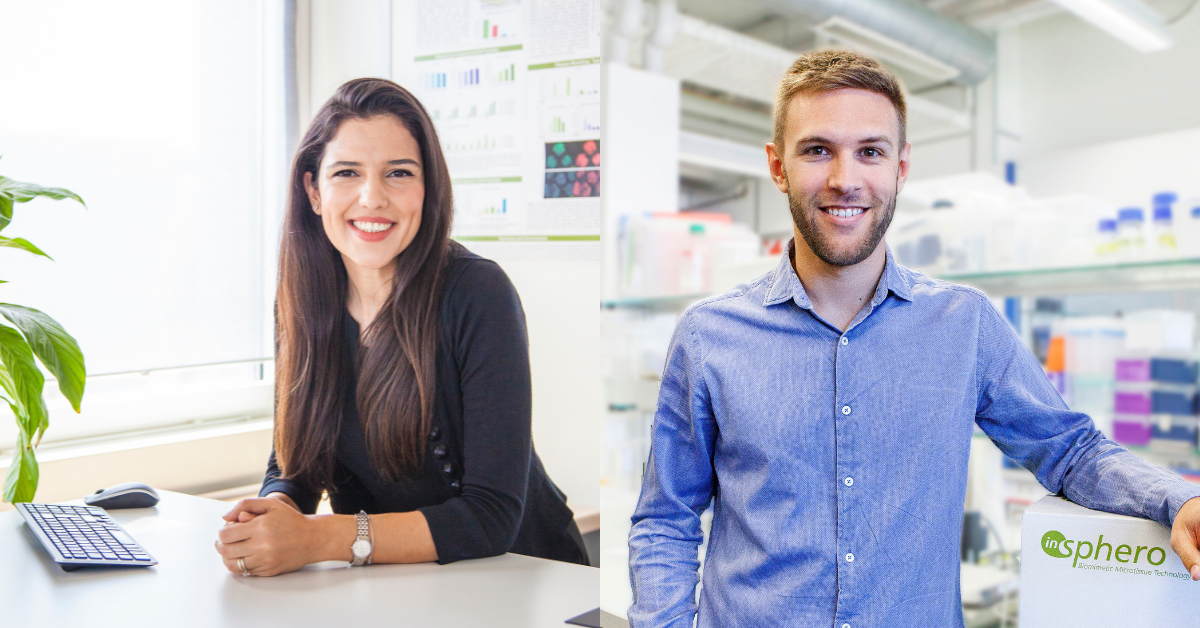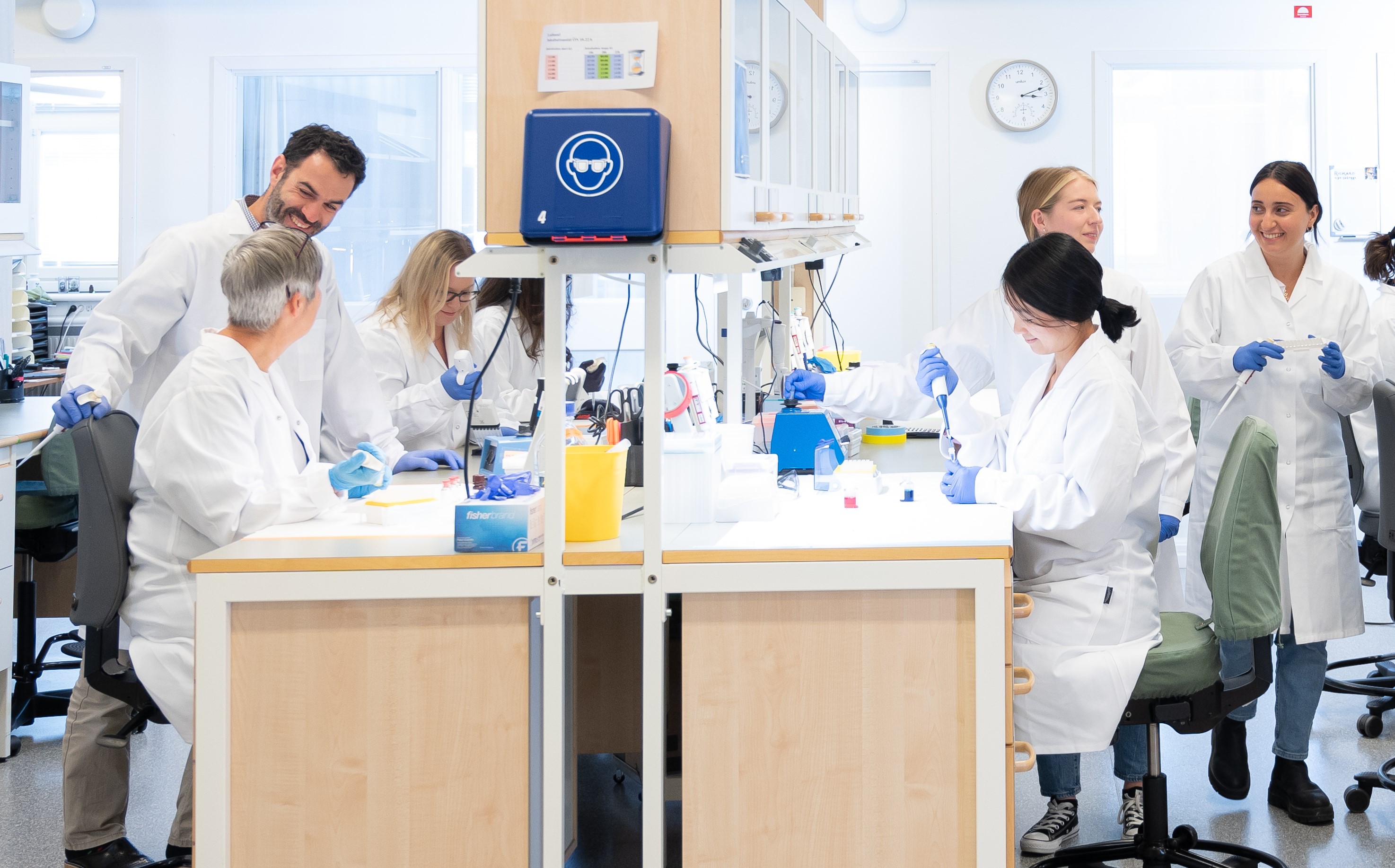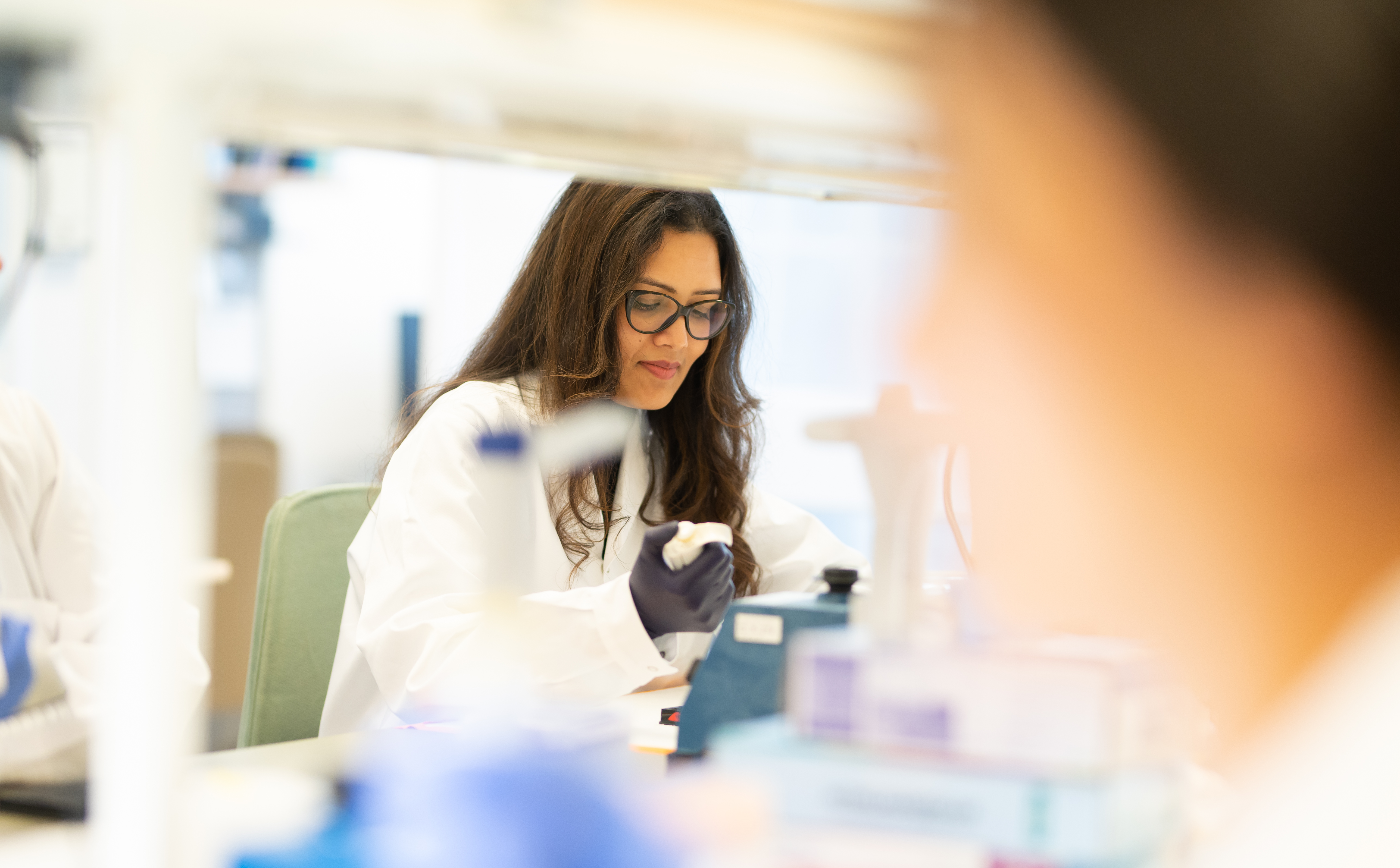We are glad to present another Mercodia customer in our interview series. Please meet InSphero!
InSphero is a Swiss-based biotech company that has been perfecting 3D cell-based drug discovery platforms and scaffold-free 3D Organ-on-a-Chip technologies for more than 10 years.
The company’s strategic partnering model is based on multi-tiered, custom programs with pharma, biotech and academic organizations and led to collaborations with 17 of the world’s top 20 pharmaceutical companies. InSphero relies on Mercodia ELISA’s for the analysis of glucagon and GLP-1 secretion from islet microtissues.
Dr. Burcak Yesildag joined the InSphero team to lead their activities in the field of islet biology 6 years ago and is currently the Vice President of Diabetes Research. She and her team at InSphero are strongly committed to the development of standardized, high throughput compatible and physiologically relevant assay systems and disease models for the study of type 1 and type 2 diabetes with primary or stem-cell derived human tissues.

– We have been in close contact with the Mercodia team since the very beginning of InSphero’s pancreatic islet journey. They have always been very interested in our research and products, kept us informed of and involved in their product development, and welcomed feedback and open discussions, says Dr. Yesildag.
Dr. Joan Mir is a Senior Scientist with more than 10 years of research experience in the field of pancreatic islets and diabetes. He joined the Diabetes Research team at InSphero in 2018, where he is engaged in the further development of the novel models. The team’s goal is to utilize these robust models in collaborations with a broad scientific community around the world to increase the clinical translation of novel discoveries and to contribute to the overall efficiency and reproducibility within the pancreatic islet biology field.

– InSphero’s islet microtissues represent a highly standardized and uniform 3D pancreatic islet model and are produced in a one islet microtissue per well format in 96 or 384 well 3D cell culture optimized Akura™ spheroid microplates. This uniform and miniaturized pancreatic islet model, however, increases the volume to cell ratio in the hormone secretion assays and therefore requires end-point assessments (e.g., enzyme-linked immunosorbent assays) with matching sensitivity for the analysis of hormone secretion.
Specificity of the employed assays is also extremely important considering pancreatic islets can produce hormones with considerable structural similarity (e.g., glucagon and GLP-1) or shared peptide sequences (proinsulin and insulin). The Glucagon ELISA from Mercodia, which in our experience has an unparalleled degree of sensitivity and specificity, enables us to confidently offer alpha cell function assays to our customers, Dr. Mir explains.
“The Glucagon ELISA from Mercodia, which in our experience has an unparalleled degree of sensitivity and specificity, enables us to confidently offer alpha cell function assays to our customers”
Monica Vilhelmsson is Area Manager for Switzerland at Mercodia and has been working with InSphero for 7 years.
– Just like InSphero, Mercodia has a strong focus on diabetes and pancreatic islet research. InSphero’s technology pushes the limits to what can be accomplished in this field. We at Mercodia are honored that our assays are a part of InSphero’s work and are highly motived to continue our work on developing products that can meet their needs.




